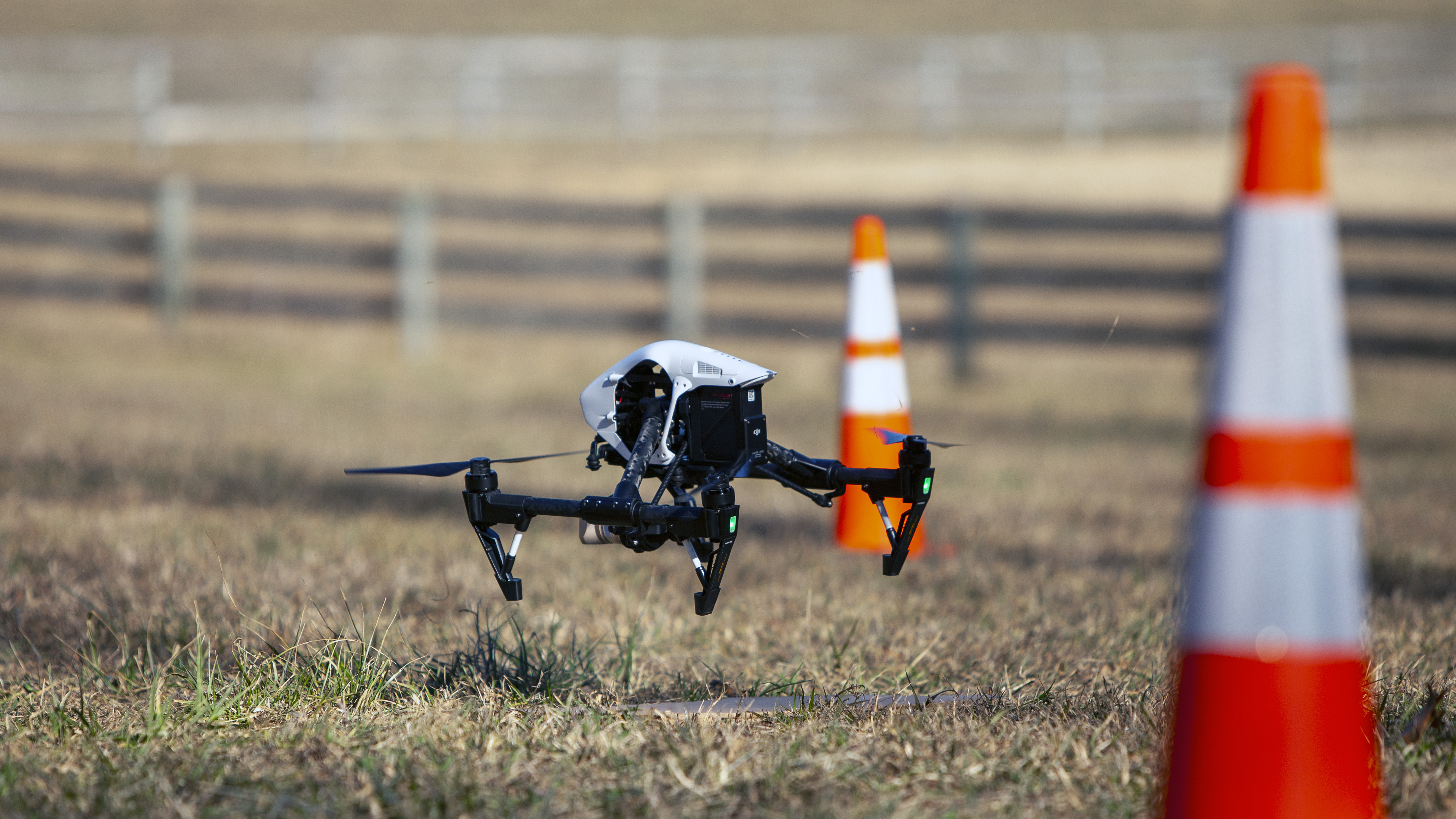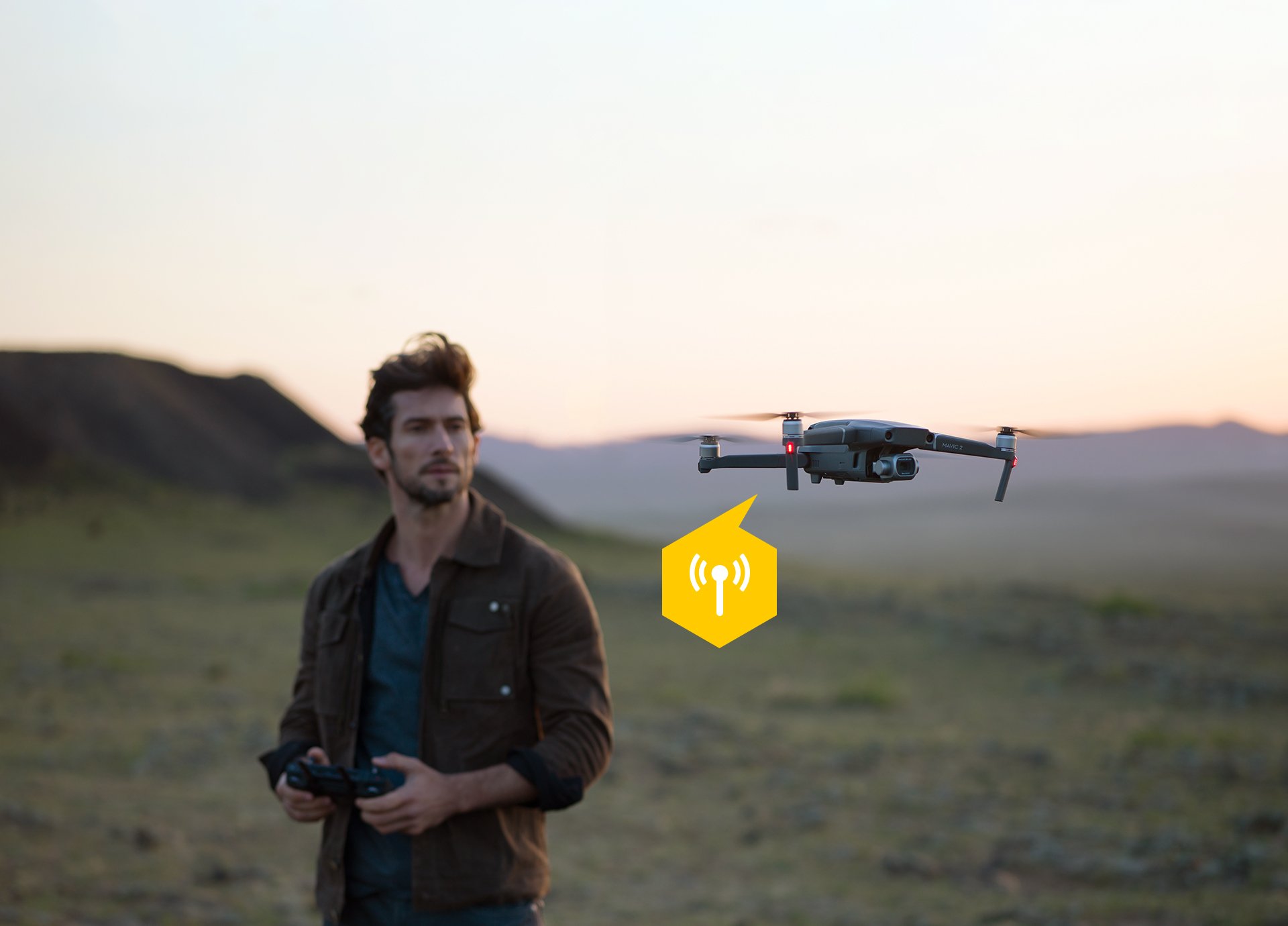2edgesword
Well-Known Member
- Joined
- Jun 11, 2019
- Messages
- 96
- Reaction score
- 52
- Age
- 73
A demo with few details and a sales pitch by the presumed USS operators.
The claim is pretty much rainbows and unicorns of course.
With the USS network scheme, how about those wanting to monitor the database, LLE or joe-public could pay a fee to access the USS data. Operators would not be charged?
Notice the RC airplane operator just needs to download an app and they qualify for the Limited category. (it appears)
This seems to me to be LAANC with the app allowing you to draw the flight plan on a map, include altitude and user information, and get an immediate yea or nay on flight authorization. This is totally NOT what the FAA is proposing.







